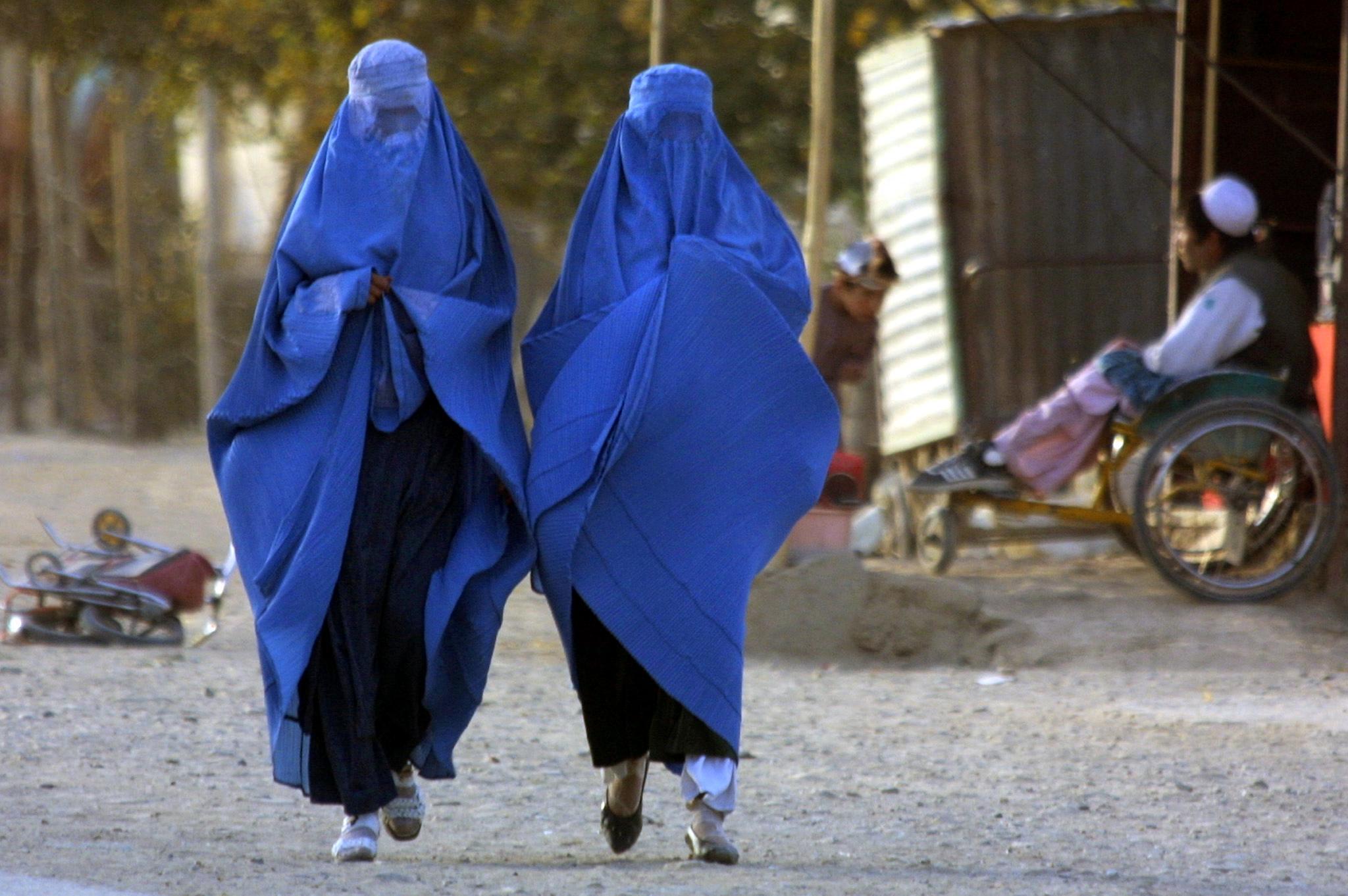Belgium addresses its approach to Afghan women’s asylum applications

Outgoing state secretary for asylum and migration, Nicole de Moor (CD&V), stated that Belgium has a long history of recognising the perilous situation Afgan women face when evaluating their applications for international protection. She addressed this on Wednesday during a parliamentary debate. Although Afghan women are not granted automatic asylum, each application is reviewed individually to assess the applicant's specific circumstances.
Taliban control
Since the Taliban took control of Afghanistan, conditions for women have deteriorated dramatically. Recently, the European Court of Justice ruled that the Taliban’s discriminatory measures against Afghan women constitute persecution. This decision directs EU member states to consider Afghan women’s nationality and gender as primary factors when processing their asylum applications.
De Moor highlighted that Belgium’s Commissioner General for Refugees and Stateless Persons (CGRS) already follows this approach. "It has been clear for some time that women in Afghanistan are in a very precarious situation," she said, adding, “The discriminatory measures imposed by the Taliban on Afghan women are therefore sufficient in themselves to be considered acts of persecution."
Applications in Belgium
Of the Afghan applications submitted in Belgium this year, only 16 per cent came from women, roughly 250 adult female applicants, a modest increase from previous years. By the end of September, Belgium had received applications from 2,486 Afghan nationals, of whom 390 were women and girls. During this period, refugee status was granted to 372 Afghan women and girls, resulting in a 95.6 per cent recognition rate. However, De Moor noted that there are still relatively few female applicants because Afghan women face greater obstacles in leaving the country and travelling alone.
Despite high recognition rates, the CGRS continues to perform thorough individual assessments to confirm applicants' identities, ensure no grounds for exclusion, and determine that applicants do not already have protection in another EU country.
The majority of Afghan asylum applications in Belgium are from men, with an overall protection rate of 38 per cent, rising to 43 per cent when inadmissible cases are excluded. De Moor pointed out that Belgium’s asylum statistics differ from those in other EU countries due to varying risk profiles, processing procedures and special statuses applied in different states.
Regarding rejected asylum seekers, De Moor reiterated Belgium’s stance that those denied asylum and residence must return to their countries of origin. While she acknowledged that voluntary returns have occurred—with assistance from Fedasil or independently—she admitted that forced returns remain challenging due to the need for cooperation with the Taliban, although they are not ruled out. “My asylum services are also looking at how we can increase returns to Afghanistan,” De Moor stated, adding that the difficulty of returning rejected asylum seekers should not imply an automatic right to residency.
© PHOTO NEMENOV ALEXANDER NEMENOV / AFP
Related news

